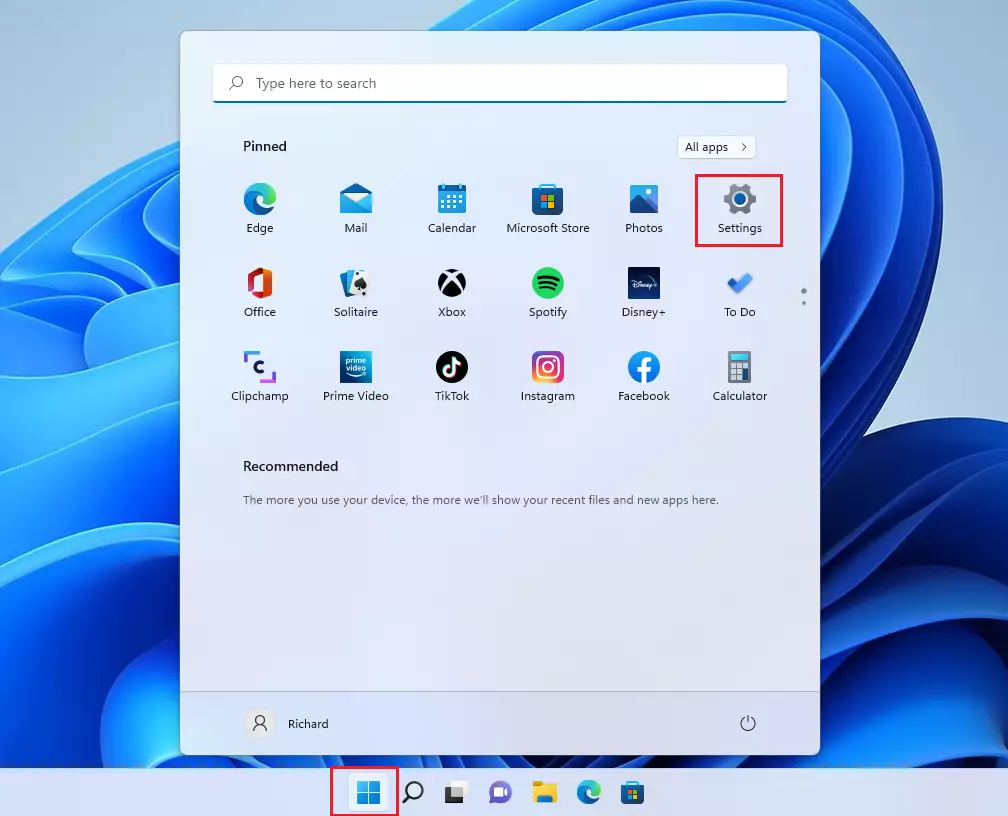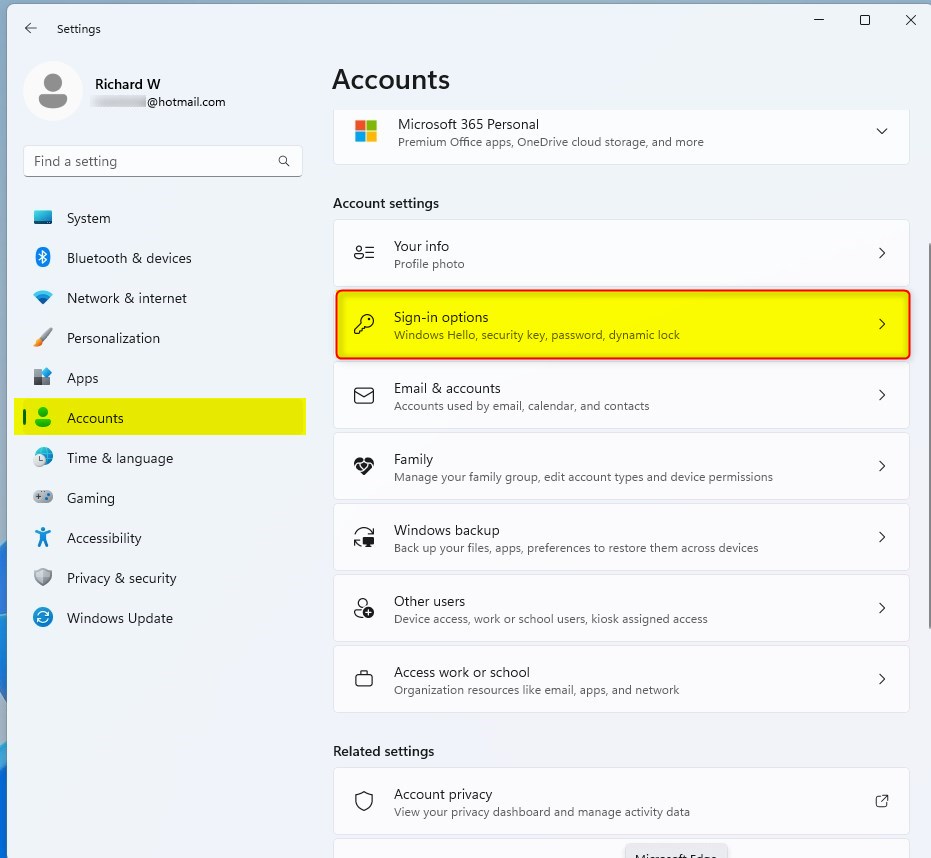This post describes the steps to turn On or Off and Sign-in into Wakeup in Windows 11.
To secure your account, Windows will prompt you to sign in again when your computer wakes up from sleep, hibernation, or resumes from modern standby.
These security measures are added to Windows to ensure no one can access your account and sensitive data simply by waking up your computer from sleep, hibernation, or other power states and logging in without a password.
If you don’t have any security concerns, you can disable it entirely so that your computer can’t prompt you to enter your password again to sign in when it wakes up from standby.
This tutorial will show you how to enable or disable to required sign-in on wakeup from sleep, hibernate, or Modern Standby for all users in Windows 11.
How to disable or enable required sign-in on wakeup in Windows 11
As mentioned, Windows will prompt you to sign in again when the computer wakes up from sleep, hibernation, or resumes from modern standby.
You can also disable required sign-in on wakeup so your computer won’t ask for sign-in when it wakes up from sleep, hibernation, and other powerful states.
Below is how to do that.
Windows 11 has a centralized location for the majority of its settings. As a result, everything can be done, from system configurations to creating new users and updating Windows from its System Settings pane.
To get to System Settings, you can use the Windows key + I shortcut or click on Start ==> Settings, as shown in the image below:

Alternatively, you can use the search box on the taskbar and search for Settings. Then select to open it.
Windows Settings pane should look similar to the image below. On the Windows Settings app, click the Accounts on the left, then select the Sign-in options tile on the right pane, as highlighted in the image below.

On the System > Sign-in options settings pane, under Additional settings, select the “If you’ve been away, when should Windows require you to sign in again?” tile.
Then use the option from the drop-down list as to how long your computer sleeps before you sign in:
- Every Time (default)
- Never
- 1 minute
- 3 minutes
- 5 minutes
- 15 minutes
If you always want your users to sign in after the PC awakes from sleep, then select Never. Selecting this will force users always to sign in.

In some cases, you may only see two options:
- Never
- When PC wakes up from sleep
That should do it! You can now close the Windows Settings app.
Conclusion:
- Windows 11 enables or disabling the required sign-in on wakeup from sleep, hibernation, or modern standby for enhanced security and convenience.
- By accessing the System Settings and navigating to Sign-in options, users can easily configure when Windows should prompt for a sign-in after waking up from various power states.
- This feature allows users to customize their experience based on their security preferences and daily usage patterns, ensuring their accounts and sensitive data remain protected.
- Whether opting for enhanced security by requiring a sign-in every time the PC awakes or choosing the convenience of never being prompted to sign in, Windows 11 offers flexibility to cater to individual user needs.

Leave a Reply